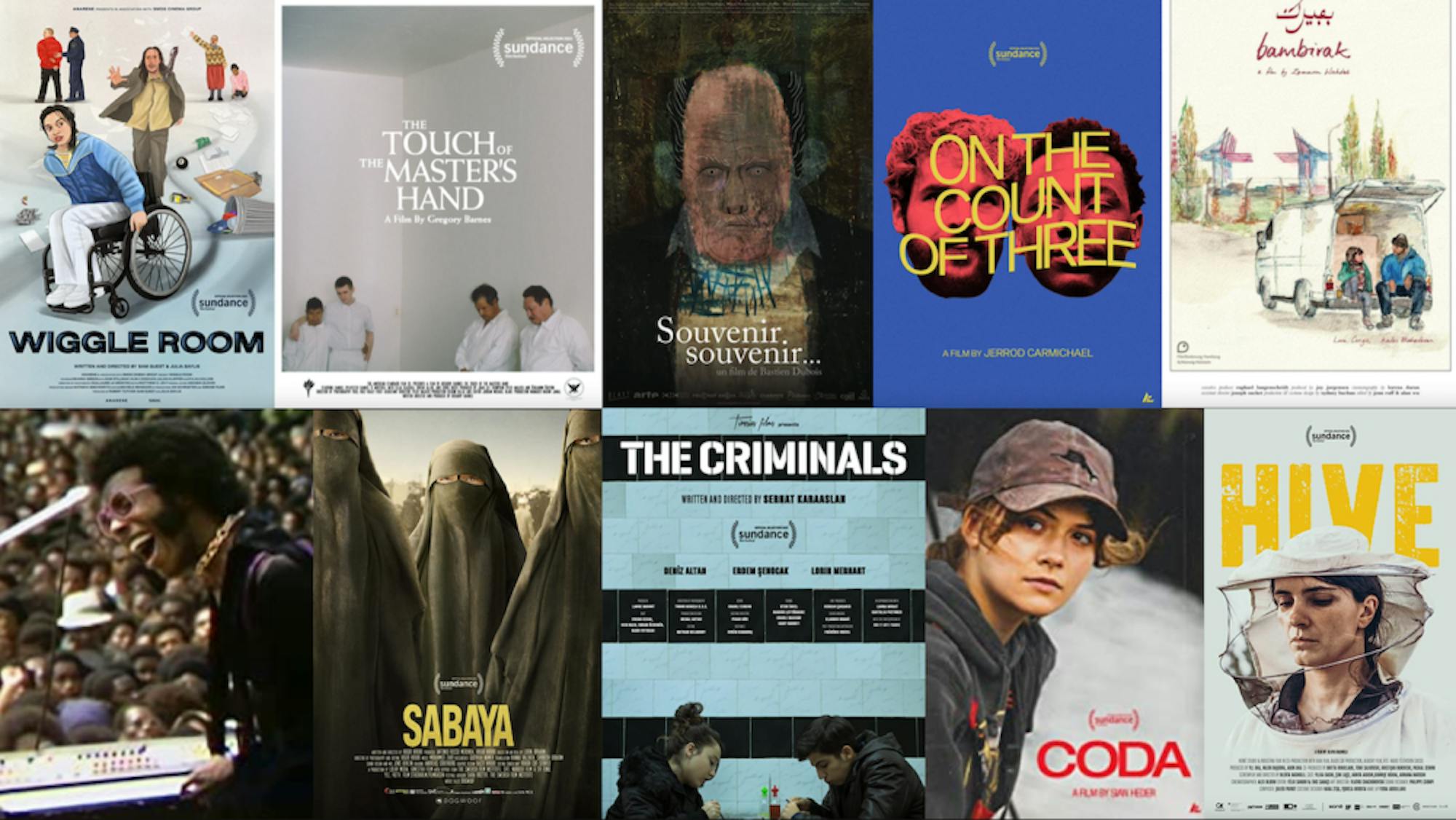Every year, the Sundance Institute holds the Sundance Film Festival in Utah — every year, that is, until 2021. Amidst the host of annual in-person events that had to adapt to COVID-19 circumstances, Sundance screened almost completely virtually this year. While regular fest-goers and journalists were disappointed at the loss of the iconic destination and its atmosphere of shared excitement and cinematic joy, this switch to a virtual platform opened the festival up to a wider audience for the 2021 films. Movie lovers and those in the film and journalism industries alike were able to view the screenings this year.
Although the festival was online and shorter than in other years — lasting seven days as opposed to the usual 11 — the Sundance Institute reported that attendance was the highest of any of their festivals in years past. The access that going virtual provided the festival saw an audience size that was 2.7 times larger than usual.
I had an incredibly fun time navigating the considerable and magnetic schedule of films. I entered the festival first with one of the Indie Series picks, "These Days," which depicted a day in the life of a lonely online dater during the early days of quarantine. I spent the rest of the day watching the short films program. Standouts for me were "Bruiser," which depicts a young boy and his understanding of manhood following a fight involving his dad; "Yoruga," a simple dystopian short about an old man visiting one of the last animals on Earth; "Bambirak," which follows a young girl who hides away in her father’s truck and follows him to work; and "Flex," a dizzying look into the mind of a bodybuilder. Opening night saw the premiere of "CODA," which follows a teen girl who is the only hearing person in her deaf family. The film was an immediate crowd pleaser, winning both the U.S. Grand Jury Prize and U.S. Drama Audience Award. It ended up being sold to Apple TV+ for $25 million, the biggest sale in Sundance history.
Day 2 opened for me with "Human Factors," a slow-burn family thriller. "Cryptozoo" was a standout follow-up, featuring imaginative hand-drawn animation and follows a cryptozoologist’s crusade to help the cryptid hybrids that hide throughout the world. Next was "John and the Hole," an anxious film about a young boy who finds a hole in the woods behind his house and decides to hold his family hostage. Day 2 ended with my favorite of the festival, "On The Count of Three." The film, directed by and starring Jerrod Carmichael, is a funny, morbid and depressed film that follows two best friends on what they believe is their last day being alive.
On Day 3 I watched "Censor," a beautiful, if somewhat lacking, horror film about a film censor dealing with the childhood disappearance of her sister; "Wild Indian," which follows the lives of two men hiding a traumatic secret; "El Planeta,", a stylish film about a mother and daughter grifting duo; and "Eight for Silver," easily my least favorite of the festival. The “horror” film, which uses werewolf lore and Romani spiritualism to tell the tale of a haunted village, came off as very shallow and hollow, and fulfilled the overused and problematic trope of using a people’s spirituality as a scapegoat for evil.
On Day 4 I saw "Strawberry Mansion," a lovely film set in the near future that follows a “dream auditor” amidst vivid colors and funky imagery; "Marvelous and the Black Hole," a cute movie about the friendship of a teenage outcast and a middle-aged magician; "Mayday," a dream-like escape to an alternative world where four girls are caught in an endless war; "The Blazing Word," a beautifully imaginative but largely empty and ineffective film that follows a young woman still struggling to cope with the childhood death of her twin sister; and "We’re All Going to the World’s Fair," an unsettling glimpse into online creepypasta and an eerie story about a young girl as she enters an online role-playing game.
Day 5 was short, and I only saw "Prime Time," a solid thriller that follows a 20-year-old as he takes a TV studio hostage on New Year’s Eve 1999.
On Day 6 I watched "Street Gang: How We Got to Sesame Street," a nostalgic and artful documentary about the creators of Sesame Street; "The Spark Brothers," which, directed by Edgar Wright, examined the career of the influential, yet underrated band Sparks; "Prisoners of the Ghostland," a balls-to-the-wall absurd film that features Nicholas Cage; and "Judas and the Black Messiah," which follows the twisted intertwined stories of Fred Hampton, deputy chairman of the national Black Panther party, and Bill O’Neal, the FBI informant who infiltrated the party. The film is an amazingly told story, self-revelatory and heartbreaking. It is set to be released on HBO Max on Feb. 12.
On Day 7, the last day of the festival, I watched "Life in a Day 2020," a follow-up to the crowdsourced documentary shot in 2010 and released in 2011.
Sundance Film Festival is often treated as an insider event, exclusive and self-important. However, with the restrictions caused by the ongoing pandemic, the festival was able to open up while remaining safe and keeping hold of the celebratory focus on the art of cinema. The festival was extremely fun and incredibly comprehensive, and remained just as exciting online as ever.






